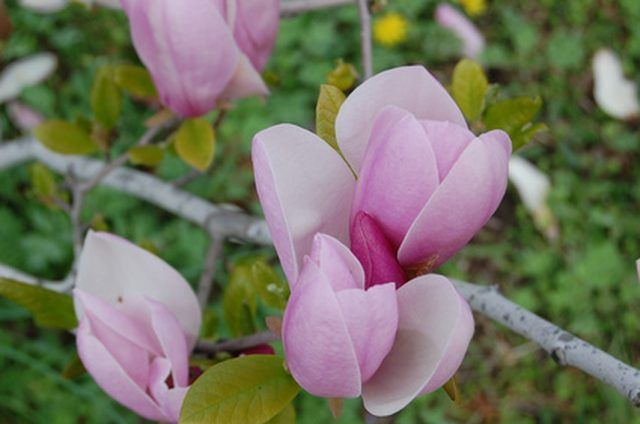Bulbs
Flower Basics
Flower Beds & Specialty Gardens
Flower Garden
Garden Furniture
Garden Gnomes
Garden Seeds
Garden Sheds
Garden Statues
Garden Tools & Supplies
Gardening Basics
Green & Organic
Groundcovers & Vines
Growing Annuals
Growing Basil
Growing Beans
Growing Berries
Growing Blueberries
Growing Cactus
Growing Corn
Growing Cotton
Growing Edibles
Growing Flowers
Growing Garlic
Growing Grapes
Growing Grass
Growing Herbs
Growing Jasmine
Growing Mint
Growing Mushrooms
Orchids
Growing Peanuts
Growing Perennials
Growing Plants
Growing Rosemary
Growing Roses
Growing Strawberries
Growing Sunflowers
Growing Thyme
Growing Tomatoes
Growing Tulips
Growing Vegetables
Herb Basics
Herb Garden
Indoor Growing
Landscaping Basics
Landscaping Patios
Landscaping Plants
Landscaping Shrubs
Landscaping Trees
Landscaping Walks & Pathways
Lawn Basics
Lawn Maintenance
Lawn Mowers
Lawn Ornaments
Lawn Planting
Lawn Tools
Outdoor Growing
Overall Landscape Planning
Pests, Weeds & Problems
Plant Basics
Rock Garden
Rose Garden
Shrubs
Soil
Specialty Gardens
Trees
Vegetable Garden
Yard Maintenance
How to Care for a Chinese Magnolia Tree
How to Care for a Chinese Magnolia Tree. Magnolia x soulangiana is a deciduous magnolia tree species known by many names, including saucer magnolia, tulip tree and Chinese magnolia. With their tulip-shaped blossoms in shades of pink, white or purple, Chinese magnolia trees can make a lovely, fragrant addition to home landscapes in U.S. Department...

Magnolia x soulangiana is a deciduous magnolia tree species known by many names, including saucer magnolia, tulip tree and Chinese magnolia. With their tulip-shaped blossoms in shades of pink, white or purple, Chinese magnolia trees can make a lovely, fragrant addition to home landscapes in U.S. Department of Agriculture Plant Hardiness Zones 4 through 9. Growing only to 25 feet tall, Chinese magnolias are a favorite for gardeners with limited space. Simple, low-maintenance ornamentals, Chinese magnolia trees need very little special care to thrive.
Things You'll Need
Mulch
Drip, soaker or bubbler hose
Fertilizer for acid-loving plants
Pruning shears
Plant your Chinese magnolia tree in a location that receives between six and eight hours of sunlight every day and has rich and well-draining soil.
Spread 2 to 3 inches of mulch in a 3-foot diameter around your Chinese magnolia tree. Keep the mulch at least 3 inches from the trunk of your Chinese magnolia. Use a lightweight, natural mulch like pine straw, bark pieces or wood chips to help your tree conserve moisture.
Water your Chinese magnolia tree one or two times a week to keep its soil moist. Use a drip, soaker or bubbler hose when watering your Chinese magnolia to ensure that the moisture is able to reach the tree's roots. Water your Chinese magnolia more frequently during the dry summer months, if necessary.
Fertilize your Chinese magnolia tree in the early spring with an application of a fertilizer that has been formulated for acid-loving plants. Apply the fertilizer to the soil around your Chinese magnolia tree according to package directions.
Prune your Chinese magnolia tree at the end of its growing season, when the flowers begin to die. Use sharpened and sterilized pruning shears to remove any discolored, diseased or damaged foliage or branches. To increase airflow to your tree's canopy, remove any branches that intersect or rub together.
Tips & Warnings
Chinese magnolia trees can also be pruned into an attractive privacy hedge.
Though the Chinese magnolia is generally free of pests and diseases, it can sometimes be infested by pests like scale and sassafras weevil, or infected by diseases like canker or verticillium wilt. Monitor your tree for potential problems and treat with a horticultural oil spray to combat pests or prune out diseased branches.